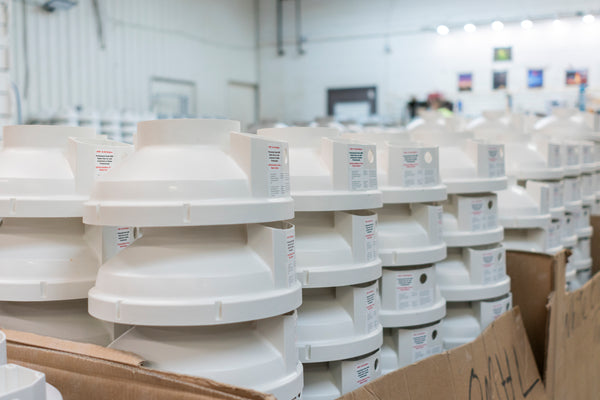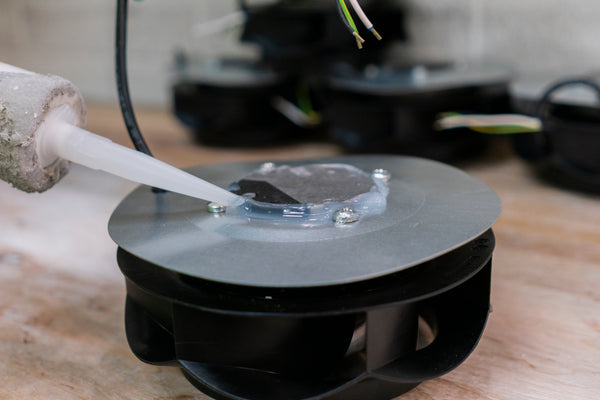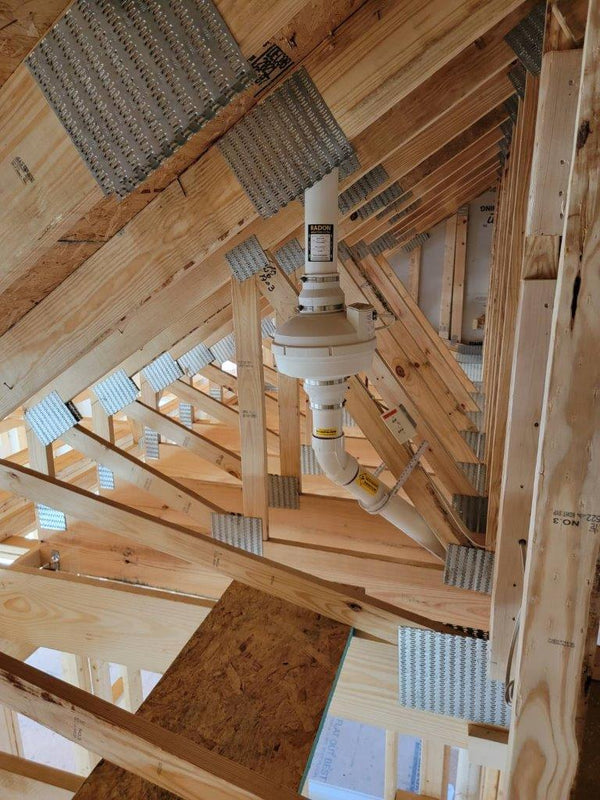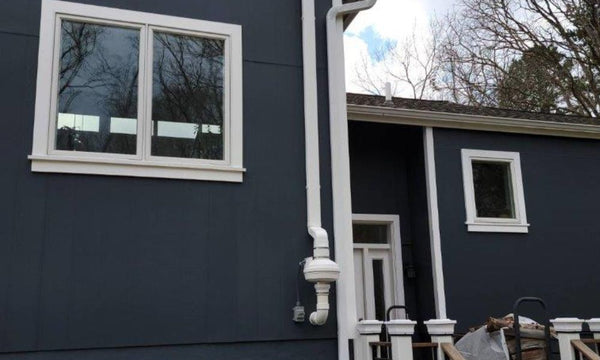
The Best Time of Year To Test Your Home for Radon Gas
As a homeowner, you must remain aware of the radon gas concentration in your living space by regularly testing. However, knowing how and when to perform this testing is important for an accurate diagnosis. Learn about the testing process, including the best time of year to test your home for radon gas, to make your home a safer and healthier place to live.
What Types of Tests Are There?
The test you choose helps determine when you should test. Here are the different testing options:
- Short-term test: This initial test measures the radon in your home for about two to seven days. Then, you send the data to a lab to get your results. This gives you a rapid, current picture of the radon situation in your home. If your levels are higher than they should be, promptly take a second test to confirm.
- Long-term test: A long-term test will measure radon in your home for 90 days or more, giving a more accurate analysis of year-round conditions. Use this after a short-term test has confirmed a radon presence. Be sure to place this test in the lowest level of your living space.
- Continuous testing: Professionals often use a continuous radon monitor or detector to determine if your home has high levels. These devices give a similar result to a long-term test, as they measure year-round data and adapt to various weather conditions.
When Is the Best Time of Year To Test Your Home?
It is best to test your home during the fall or winter months. Colder months are better because you will be continuously heating your home and keeping windows closed, meaning radon levels will be at their peak. This is especially important for short-term testing since it measures only your home’s immediate concentration.
Which season you test in doesn’t matter as much for long-term and continuous tests. Just be sure that the testing devices can read radon levels during a period of colder weather.
How To Reduce Radon Levels in Your Home
If your tests show high radon levels, you must take steps to mitigate the harmful gas. The most effective way is installing a system equipped with radon mitigation supplies. This will include piping from your home’s foundation to the outdoors, a mitigation fan, and a performance meter. A radon mitigation system will work hard to reduce the radon levels in your home, keeping you and your family safe.
Now that you have discovered the best time of year to test your home for radon gas, you should check your levels as soon as possible. Remember that accurate testing is the best way to mitigate radon-associated risks and protect yourself from this dangerous health hazard.

